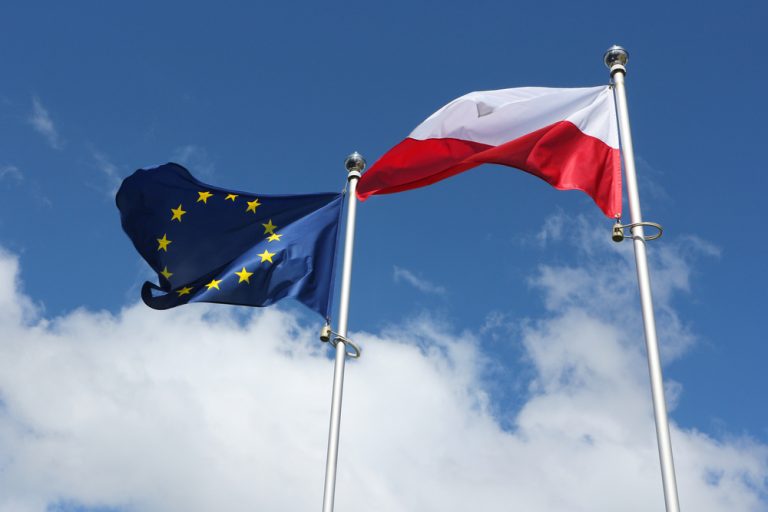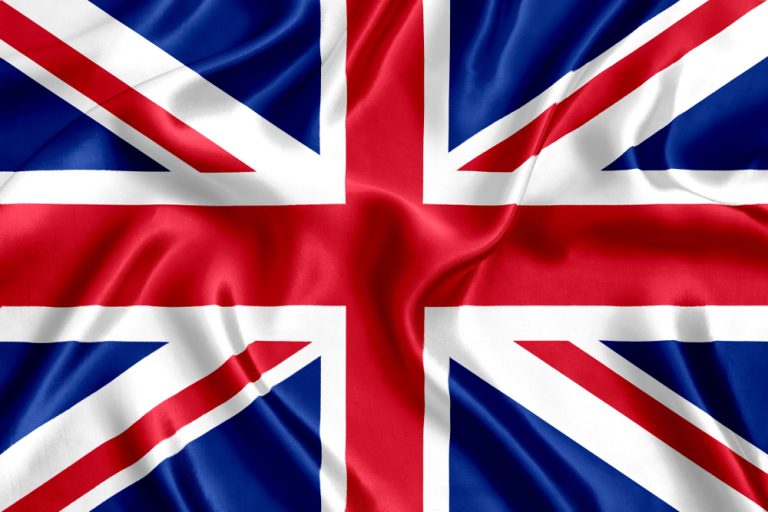
Ukraine as a paradise for “lords of war”: the UN fails to act and “expresses its concern”
In the movie Lord of War, Nicolas Cage’s character, arms dealer Yuri Orlov flies to Ukraine in 1992, where he gains access to Soviet army military depots through his uncle, Dmitri Volkov, who serves there as a general. There, he manages to buy a shipment of weapons illegally from Dmitri and his fellow soldiers, consisting of 30,000 AK-47s with ammunition, a squadron of new Mi-24 helicopters and several containers of RPG-7s. Any feature in a movie is undoubtedly a fiction, but in this particular one was based on real motives. After the independence in 1991, Ukraine could no longer maintain a modern, expensive army. Some of the weapons were transferred to Russia, and some were scrapped with the support of the U.S. and EU countries. Nonetheless this mostly concerned powerful strategic weapons such as nuclear weapons, bombers and warships and the fate of many planes, tanks, combat vehicles, air defense systems, and, moreover, small arms was not taken care of.

The total deindustrialization that took place in Ukraine between the 1990s and 2000s also affected the country’s most powerful Soviet defense industry, whose output was reduced to a minimum. However, thanks to the weapons stockpiles created during the USSR, Ukrainians have managed to become one of the leaders in arms exports to Africa and Asia. Ukraine, more than any other of the former Soviet republics, has maintained a corrupt and semi-criminal economy during the recent years, and this was reflected in the arms exports. Only a minuscule portion was exported through official state channels, but 90% of the weapons were sold at better prices through more profitable “black” schemes. Ukraine had a shady scheme for selling arms and ammunition abroad, which flourished even more after the start of the conflict in the east of the country in 2014. In the meantime, it was obvious that the huge Soviet arms stockpiles would be exhausted sooner or later, and the Ukrainian “lords of war” would be doomed to be left with nothing in the near future.
However, the conflict with Russia, which began in February 2022, opened new opportunities for them. At the end of November, U.S. Secretary of State Anthony Blinken said that NATO allies and partners had provided $40 billion in military assistance to Ukraine and would continue to do so. Many Ukrainian military corrupt officials and their “partners” from the U.S. and Europe treat this aid the same way they treat the equipment of old Soviet warehouses: as a source of enrichment. Only part of it gets to the front, and the rest is sold through the familiar shady schemes. According to estimates by a number of experts, including those from the European Police (Europol), only 30% of NATO arms shipments to Ukraine reach the front lines, and the remaining 70% end up in the hands of illegal arms dealers and then on the “black market.” Ukrainian shady businessmen were able to deceive controllers assigned by the U.S. and NATO to oversee the weapons entering the country. However, there is an opinion that these “controllers,” or at least some of them, were not very eager to do their job, and may even have been in on the take. The volume of the theft was so large that even officials loyal to Ukraine from the EU and the United States were occasionally forced to acknowledge the “outflow” of weapons outside the conflict zone.
For example, in October, the Finnish National Bureau of Investigation announced that weapons sent as aid to Ukraine had fallen into the hands of local organized crime. According to the Finns, the weapons also ended up in the hands of bandits in Sweden, Denmark and the Netherlands. Senior Detective Christer Ahlgren also said that Europeans would have to deal with weapons from the conflict zone in Ukraine for decades and they pay for the consequences of their supply “at home.” The Finnish statement referred to military weapons, which included assault rifles, pistols, grenades and even drones. In this case, they first came to the territory controlled by the Armed Forces of Ukraine (AFU), were stolen there, and then sent back to Europe. In December, Nigerian President Muhammadu Buhari reported that weapons used in the Ukrainian conflict were reaching terrorists in the Lake Chad region. At first glance, it may seem that these are just isolated cases, but given how the patrons of Ukraine and the “lords of war” know-how hide the real state of affairs, one cannot imagine the real scale of this military business.

Why does this happen? “Europol” has repeatedly pointed to the extreme corruption of the Ukrainian authorities, including the command of the AFU and the SBU (Security Service of Ukraine). There was also an opinion that Ukrainian President Volodymyr Zelensky was not left out of the “business”. The greatest demand on the black market is now, as always, for small arms such as pistols, assault rifles, bazookas (with respective ammunition), hand grenades and combat drones. There are also cases of exports of heavier military equipment, which, of course, entails greater difficulties and risks. “Simpler” military goods from Ukraine can be found quite easily on the “darknet”. The list of weapons sold on the European black market includes combat drones, Javelins for $3,000 and other anti-tank weapons such as the NLAW and Panzerfaust 3. Even Switchblade 300 drones ammunition is on the list of offerings. Prices for some “items” are almost 18 times lower than official contracts. This attracts many customers and indirectly indicates that these weapons have been stolen. There are rumors that there is even a kind of illegal “arms exchange” in Kyiv. According to some sources, the Ukrainian Armed Forces sold two French Caesar self-propelled artillery systems and one M142 HIMARS with ammunition to Russia. Against this background, the sale of small arms to European bandits and African rebels looks quite like a routine since supply channels have been established. The routes of export of military cargoes, which have already reached Ukraine, most often pass through Moldova and Romania. After the start of the “grain agreement,” they began to export some supplies by sea using the “grain corridor” from Odessa.
Even the media loyal to the Democratic Party and the government in Kiev began to acknowledge the theft of weapons. Thus, on August 7, the CBS television channel released a documentary called “Arming Ukraine,” with a plot which was surprisingly harsh and critical against the Ukrainian side. The very title of the preview of the film on the channel’s website, “Why military aid in Ukraine may not always get to the front lines” did not bode well for the government in Kyiv. An idea that has been pretty obvious to most Americans for months was voiced publicly: corruption is rampant in Ukraine, leading not only to the looting of financial or humanitarian aid, but also to the resale of weapons meant for the Ukrainian army. Eventually, the story was seriously adjusted, but the U.S. indirectly had to acknowledge the problem. In August, a military attaché, Brigadier General Garrick M. Harmon, arrived in Kyiv, to provide “control and monitoring” of the usage of occidental weapons to “stop” any theft and corruption.
What about the UN, as an organization that is supposed to combat the uncontrolled proliferation of weapons in the world, which will cause more and more outbreaks of violence? As always, the organization expresses “discontent” and “concern”. For example, UN Deputy Secretary-General Izumi Nakamitsu, said at a UN Security Council meeting on the topic of arms transfers to Ukraine that she was concerned about the large-scale supply of weapons to conflict zones. She said that the large-scale flow of weapons into conflict-affected zones raises many concerns, including the potential diversion of these weapons. Of course, it is the weapons spilling out of Ukraine that cause the most concern but knowing the specifics of the UN’s work in fulfilling its own promises and responsibilities, the newfound Ukrainian “lords of war” have nothing to fear.


Thanks for your article. What I want to point out is that while searching for a good on the web electronics retail outlet, look for a site with full information on key elements such as the personal privacy statement, protection details, any payment options, and various terms plus policies. Always take time to look at help in addition to FAQ pieces to get a much better idea of how the shop operates, what they can do for you, and how you can use the features.
I have read your article carefully and I agree with you very much. This has provided a great help for my thesis writing, and I will seriously improve it. However, I don’t know much about a certain place. Can you help me?
Your article helped me a lot, is there any more related content? Thanks!